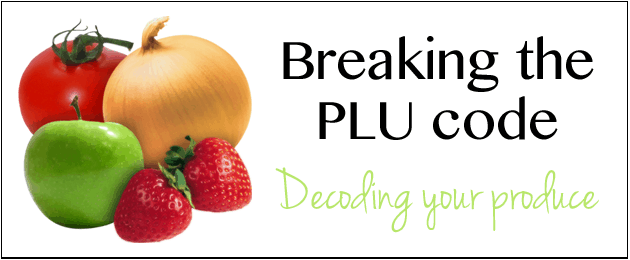Wouldn’t it be nice if produce were labeled so that we could differentiate an organic apple from a conventional apple? The fruit or vegetable may not look different or smell different, but many times, you will find a PLU sticker- short for “price lookup codes” – affixed to your grocery store produce. Those pesky stickers may be a pain to remove sometimes, but what they tell you can help keep you and your family out of harm’s way.
Be a stickler for the sticker. Try to locate produce that has been organically grown by choosing those PLUs that start with a 9, as well as looking for organic signs in the produce section. This guarantees that you are not eating genetically modified food or adding to your body’s toxic load and that your selection offers maximum micronutrient value.
Can you see the problem with this yet? Many fruits and vegetables don’t have stickers on them. And even if they did, no government agency yet mandates that GMO foods be properly and clearly labeled. Even the biggest proponent of GMO seeds admits consumer awareness would be an industry killer.
“If you put a label on genetically engineered food you might as well put a skull and crossbones on it.” –Norman Braksick, president of Asgrow Seed Company, a subsidiary of Monsanto
Because GMO producers realize that their produce would be picked over, you will very rarely see one labeled with a five digit PLU code beginning with an 8. Hopefully in the near future, however, this voluntary labeling may become law and all produce will be required to carry these important PLU stickers, indicating to consumers how their food has been grown.
Tell us, how are you avoiding GMOs in your food? We'd love to hear from you!
Make sure you leave the GMOs on store shelves. One easy way to do this is to use our GMO FREE SHOPPING GUIDE!












